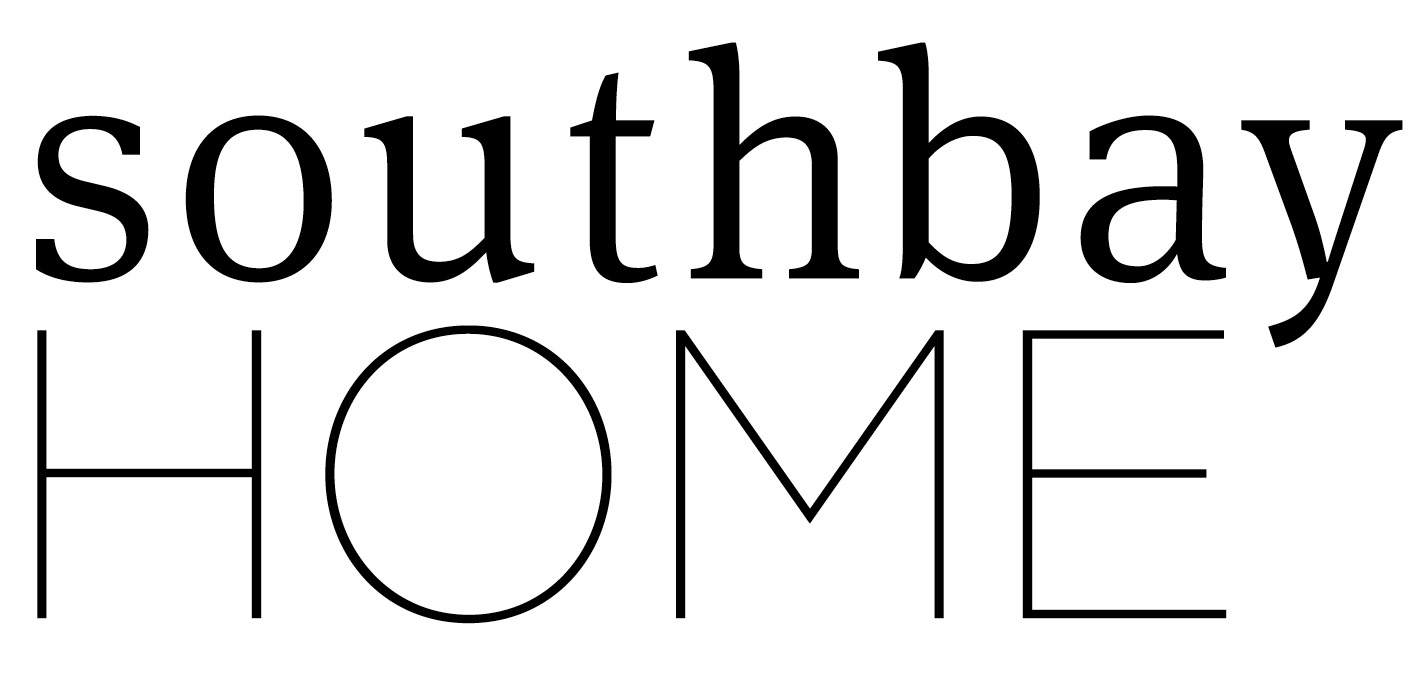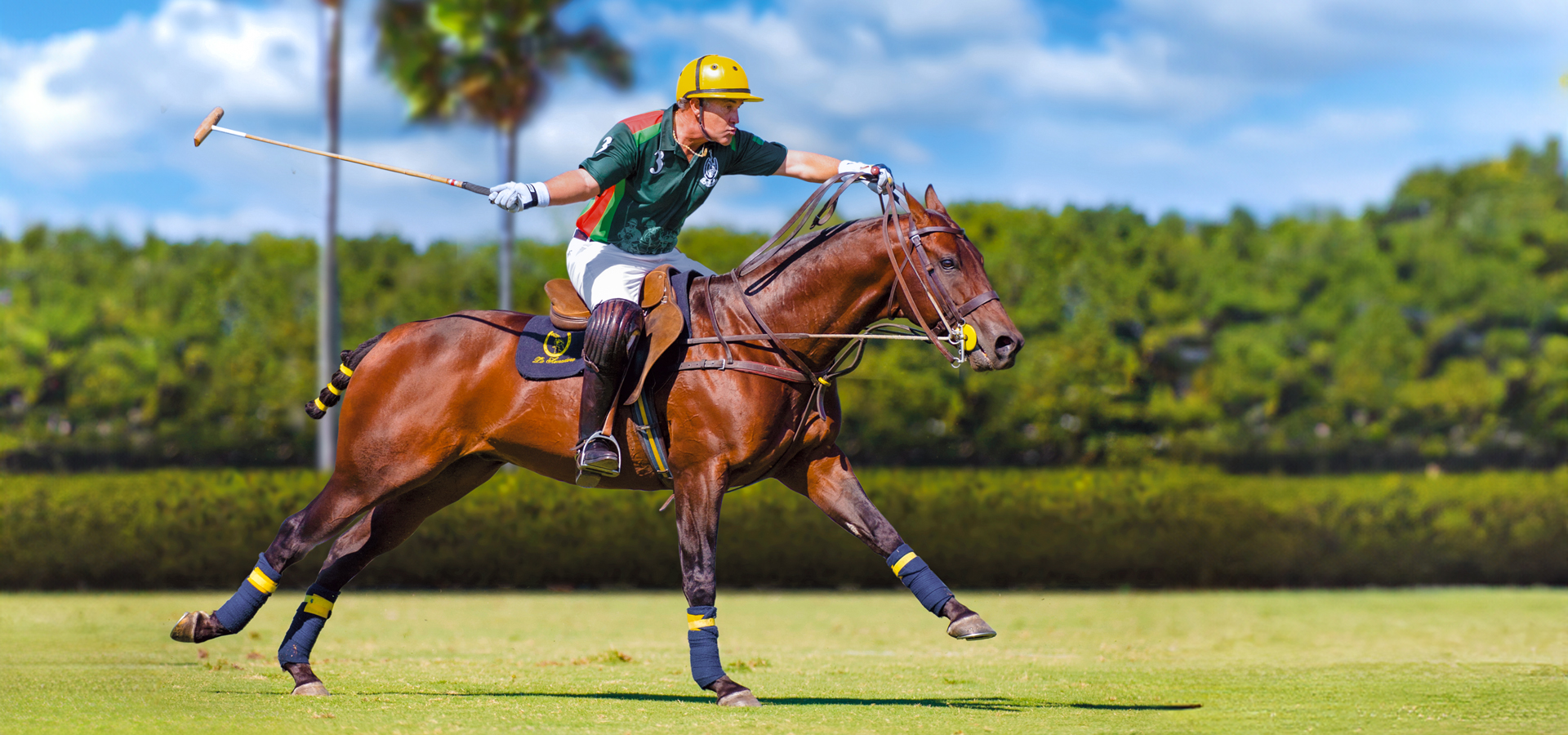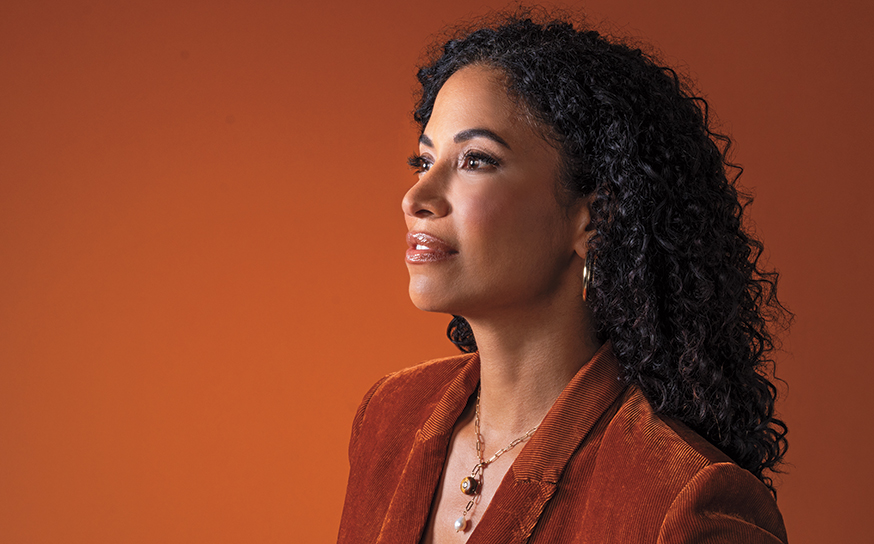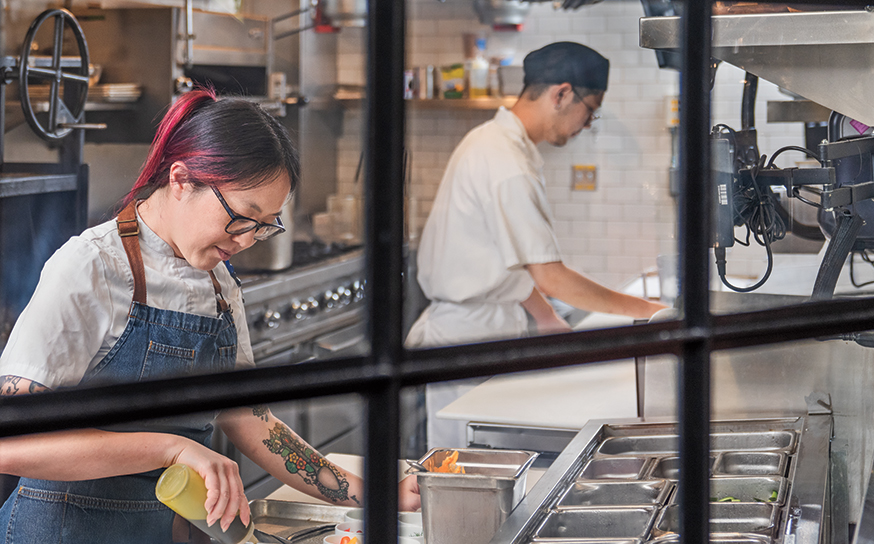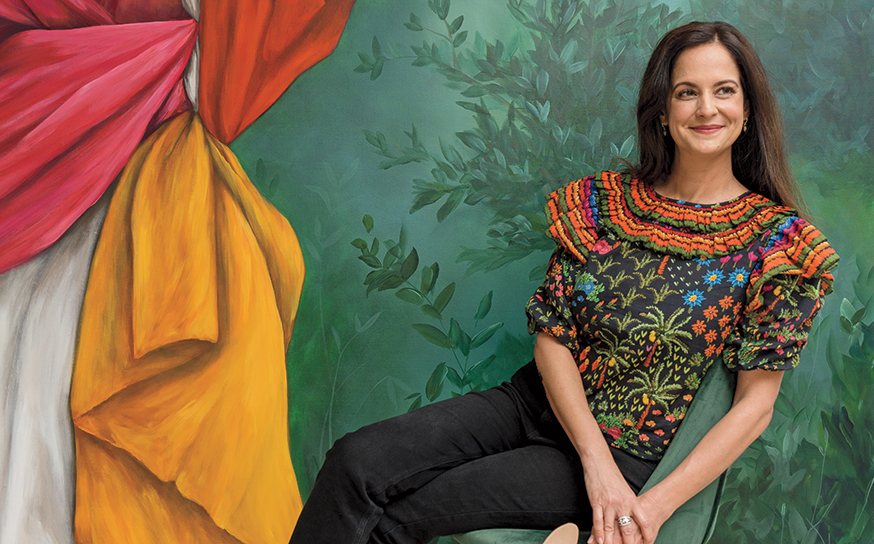A Local Equestrian Joins Polo Legend Guillermo “Memo” Gracida Jr. to Learn the Sport That Defined Him
Tradition in motion.
- CategoryPeople
- Written byDiane E. Barber
- Photographed byMark Crislip, Mike Larson, Platinum Performance, Robert W. Kranz
Before it became a sport of royalty around the globe, polo materialized in ancient times with cavalry units training for battle. As an equestrian, I have long been fascinated by the athleticism of the riders and horses who intensely challenge the quintessential laws of motion and gravity. After reading about lesson opportunities at La Herradura Polo Club in Santa Ynez and the club’s renowned founder, Guillermo “Memo” Gracida Jr., a sense of adventure landed me in a saddle riding alongside the master himself as he instructed me on the basics of the game.
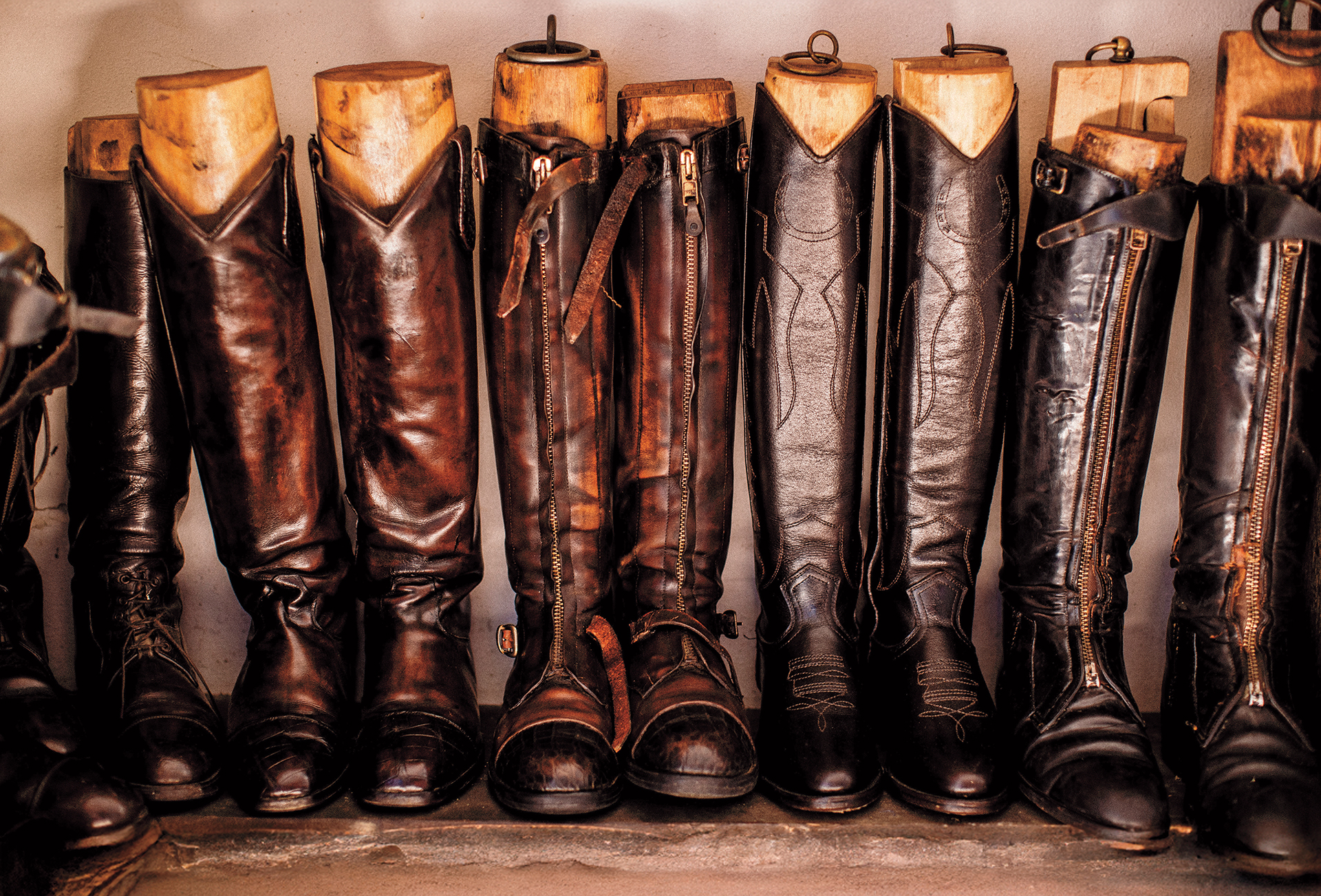
The esteemed Gracida name has been synonymous with polo internationally for decades. The family’s passion for the sport spans four generations and has garnered countless international championships and accolades. The legacy began in Mexico with Memo’s grandfather Gabriel.
“My grandfather was a master horseman who became a colonel in the cavalry,” he shares. “After the Mexican Revolution, polo was introduced to the cavalry in the early 1920s to keep the horses in shape, which was the beginning of polo in my family.”
His grandfather taught Memo’s father, Memo Sr., and his uncles to play when they were young. In 1946 they represented Mexico at the U.S. Open Polo Championship in New York. It was the first and only time four brothers won a U.S. Open together.
Following in his family’s bootsteps, Memo Jr. began riding horses as a child. At just 14, in 1971 he traveled with some polo players from Mexico to watch the U.S. Open. Five years later he was selected to represent Mexico in a tournament in Texas against the best U.S. players, and his team won.
“It was very special for me,” he recalls. “It was the first time I played internationally, and most importantly, I played with my father, who was my hero and mentor. That was when I decided polo would be my life.”
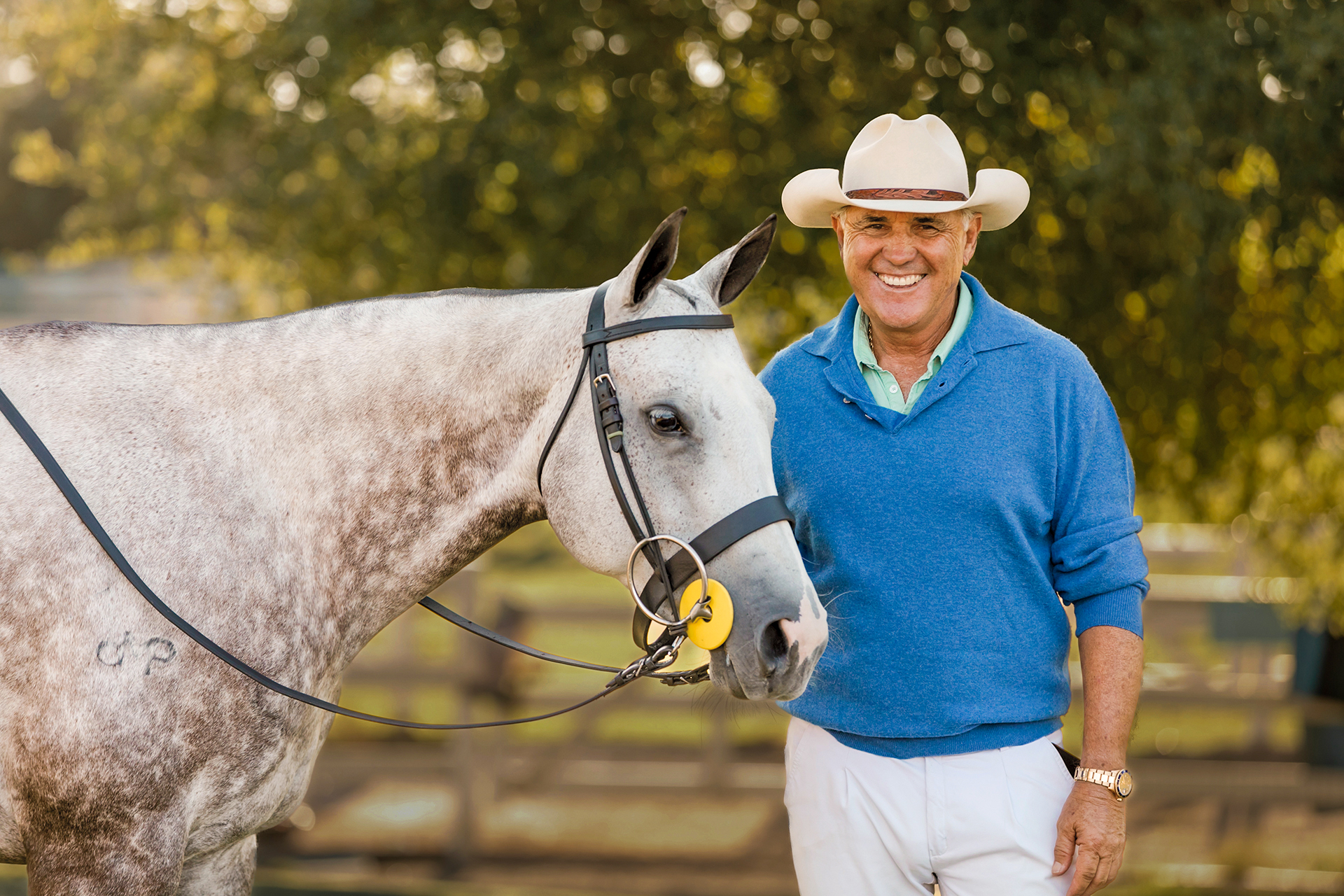
In 1977 Memo was invited to compete in the U.S. Open. By 1982 he was a 10-goal player, the highest rating achieved by the elite of the sport (comparable to basketball great Michael Jordan and soccer legend Lionel Messi). He maintained the coveted handicap for an unprecedented 21 consecutive years, won the prestigious U.S. Open 16 times and was inducted into the National Museum of Polo’s Hall of Fame before he retired from professional competition in 2007.
“I was very fortunate. I always had great horses, sponsors and teammates who worked very hard with a great team spirit. That was the winning formula,” says Memo.
While traveling the world, Memo searched for the ideal location to introduce people to polo and develop the next generation of top players in the U.S. and Mexico. “It was always a vision of mine to find the perfect place to build a polo academy to train people and horses. I looked in Argentina, Mexico and throughout the U.S. When my wife, Meghan, and I found this ranch in Santa Ynez in 2018, I immediately knew it was meant to be.”
Guided by Memo’s instincts, expertise and passion, the property’s transformation to La Herradura Polo Club began, which included filling a canyon where he envisioned a polo field. “In 2019 there were mudslides in Montecito, and the city contacted me to ask if I had a place to dump dirt, which I welcomed. Trucks were rolling in and out day and night.”
While the project was underway in 2020, there was an unexpected turn of events: The pandemic hit. “It was one of the scariest times of my life. We had a new polo venue with no business. But it turned out to be a blessing in disguise because people wanted to get out of the cities to enjoy the outdoors. By 2021 we were giving lessons.”
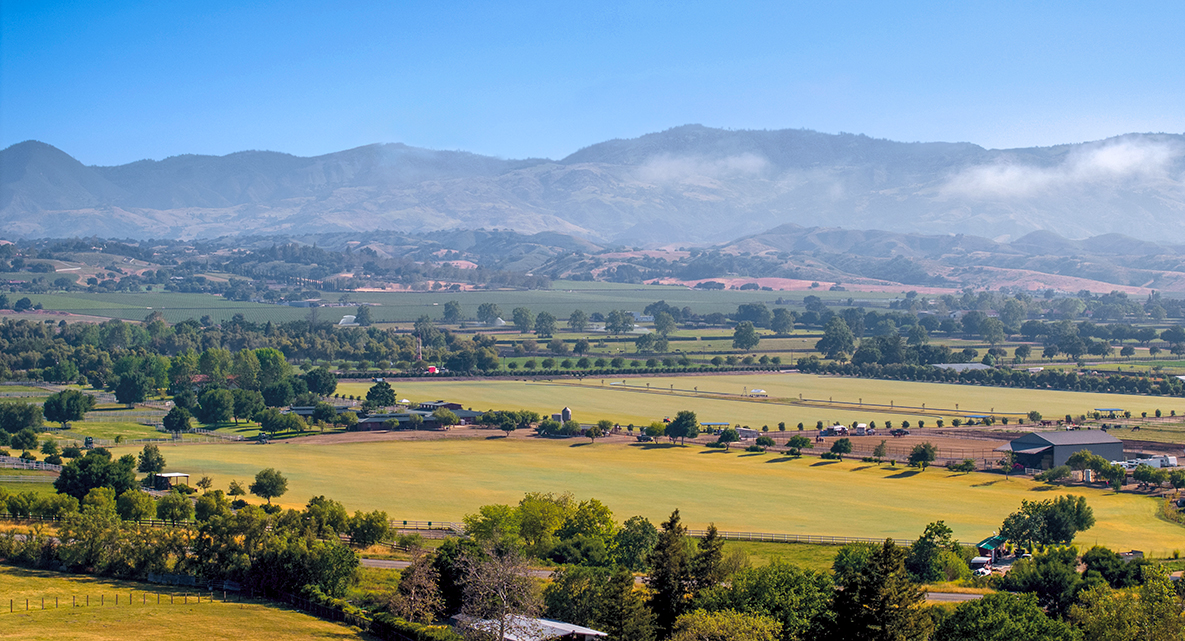
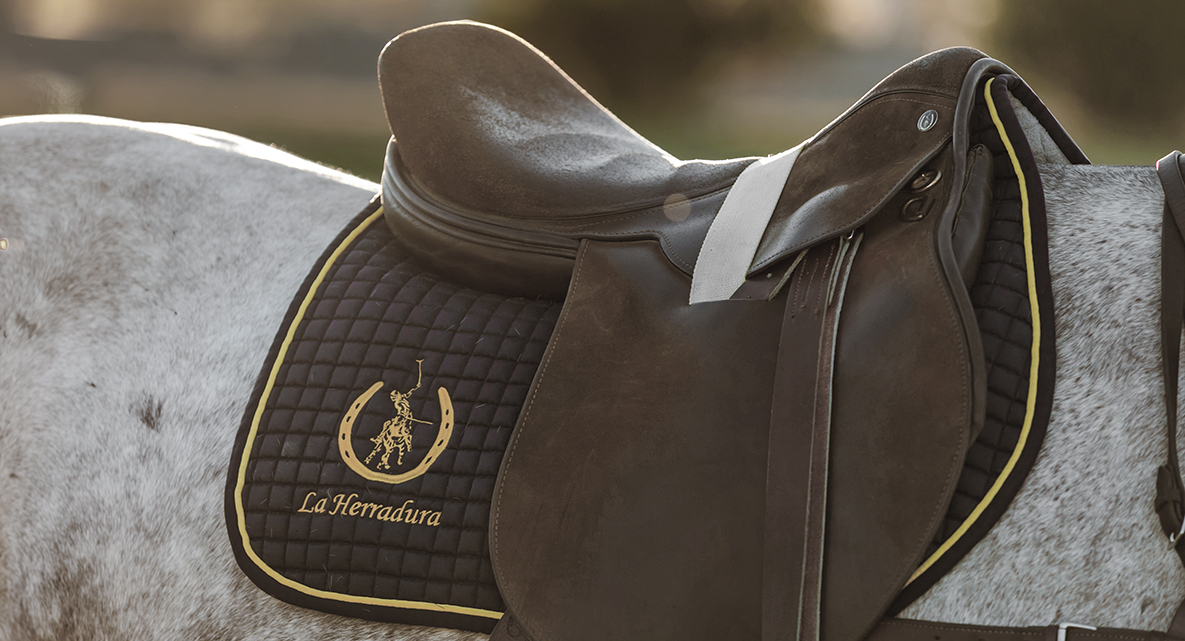
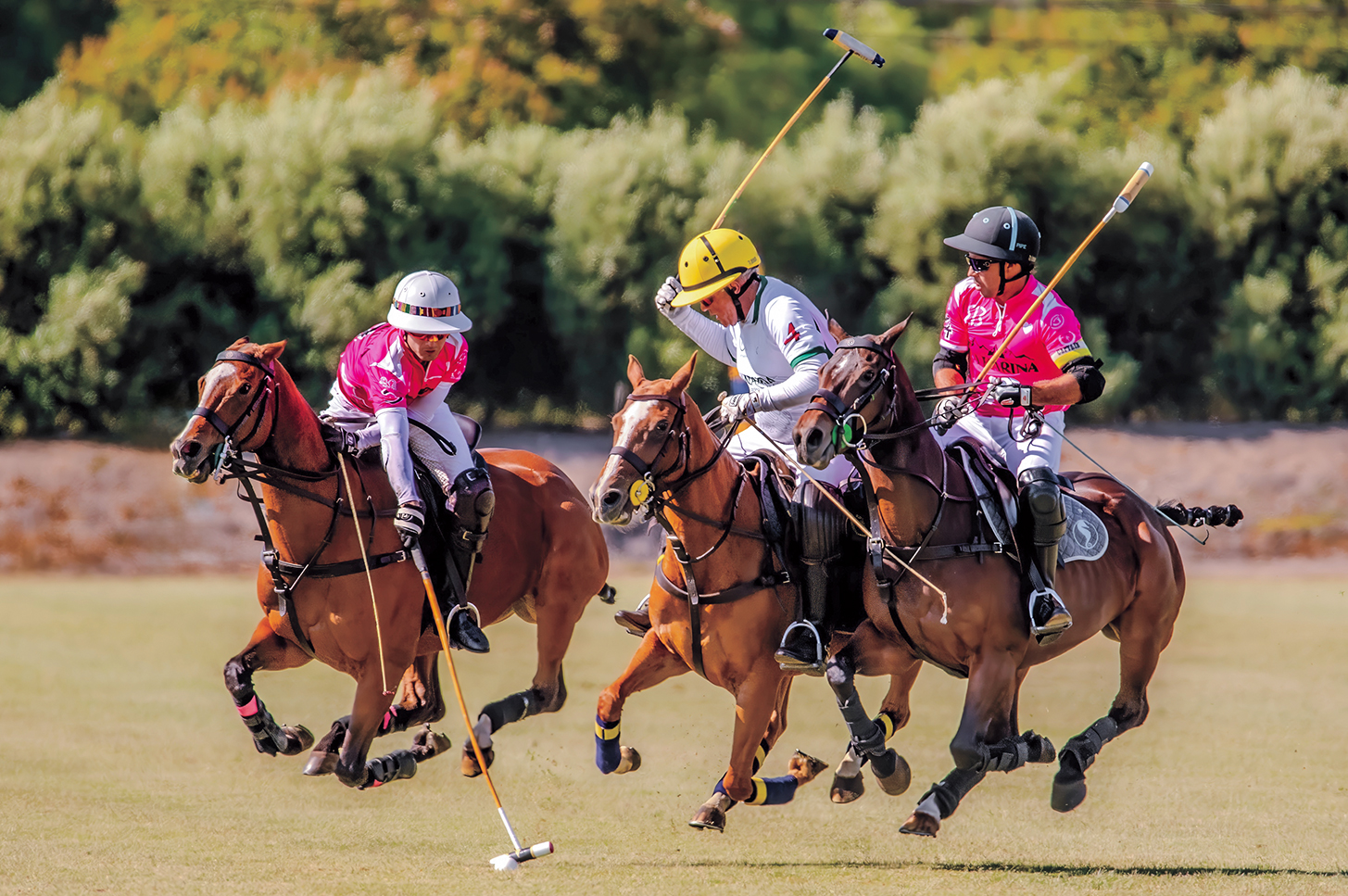
The picturesque club is situated on 100 acres in the heart of the Santa Ynez Valley and boasts three first-class polo fields, an arena, pastures, stables and other amenities. The ideal climate allows for year-round operations. A team of professionals teaches lessons and coaches, including Memo, Meghan, son Julio and nephew Mariano. His daughter, Michi, oversees operations. The staff also includes numerous grooms, grounds-keepers, a resident farrier and a veterinarian.
Memo proudly credits his family’s superb horses (also called polo ponies) for decades of competition success and the now-thriving teaching program. There are typically 200 horses at the club, increasing to 300 to 350 during the summer peak of the polo season, and their well-being is paramount.
Many of them (primarily Thoroughbreds, American quarter horses and Argentine polo ponies) have been bred by the Gracidas and imported from Argentina and Mexico. Each one is named by Memo—Splash, Samantha, Australito and Toonchi are some of his herd favorites. They begin playing polo when they are 5 years old and compete at a less-demanding level later in life until they are retired on a family farm.
Memo always knew in his heart that he was going to teach polo when he stopped competing. “I learned everything from my father and inherited the gift of teaching from him. Now I have the perfect environment for people to learn about polo.”
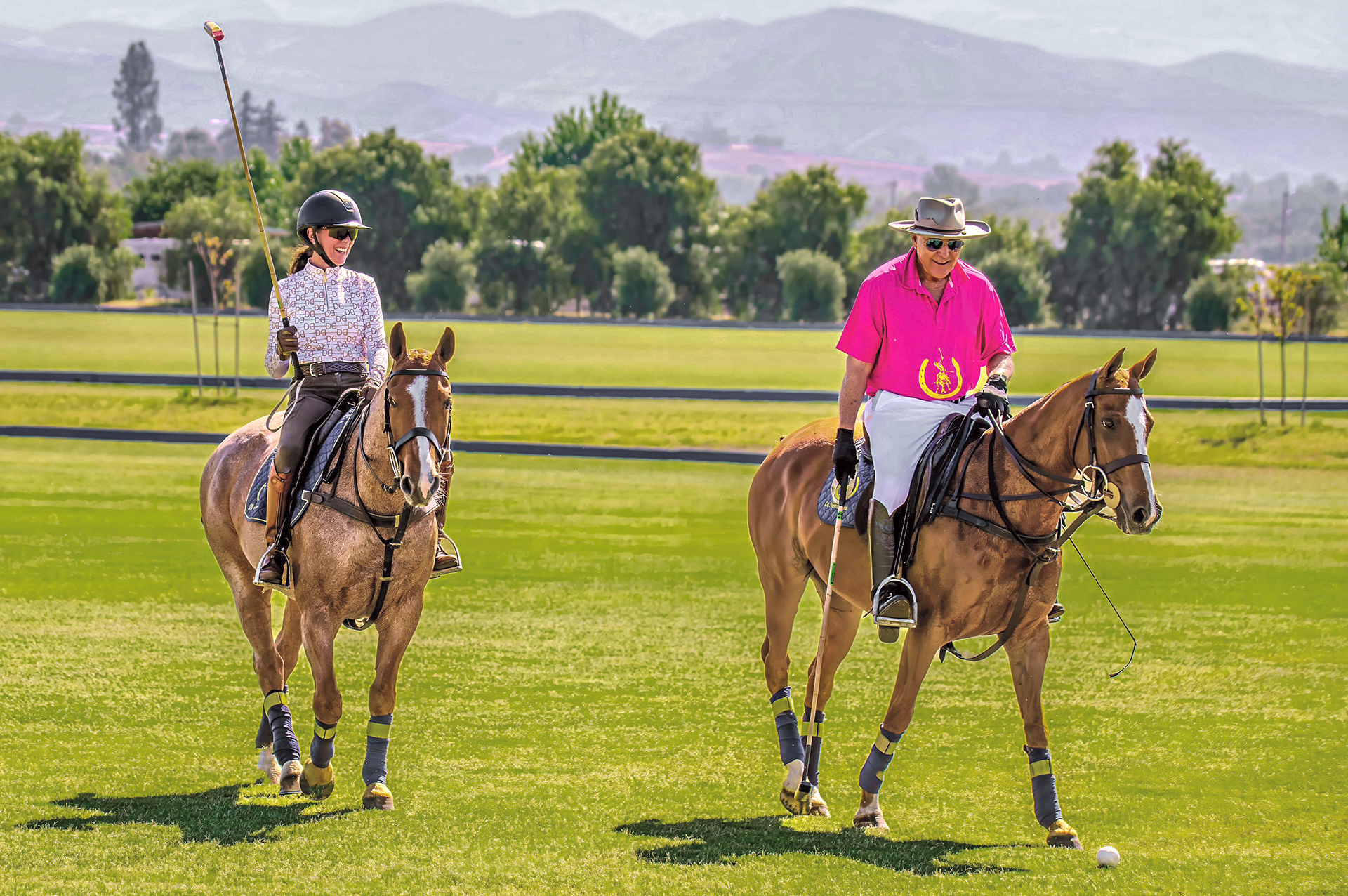
Lessons are available for all equestrian levels and for enthusiasts without any riding experience. From private one-on-one instruction to group clinics, there is something for everyone, including a youth program. Advanced players saddle up for league competitions.
“Every day people are taking lessons, inquiring about horses, competing and coming to watch tournaments,” he says. “The biggest satisfaction for us is when people feel a connection with the horses.”
Memo and his family are revitalizing the horse community in Santa Ynez as they welcome students and spectators to their special polo world with open arms. If you are fortunate to take a lesson, as I was, when your boots touch the ground after the first exhilarating experience, your sights will certainly be set on doing it again.
The La Herradura Polo Club horses are exceptionally trained and trustworthy. With Memo’s precise and patient coaching, I adapted to the fundamental biomechanics and horse communication techniques of polo. I was delighted to discover the adrenaline rush that comes with the distinct cracking sound of the mallet connecting with the ball—music to my ears!
Says Memo, “I am proud that we have built this magical place to give back to the sport by sharing our passion for excellent horses and safe polo.”




